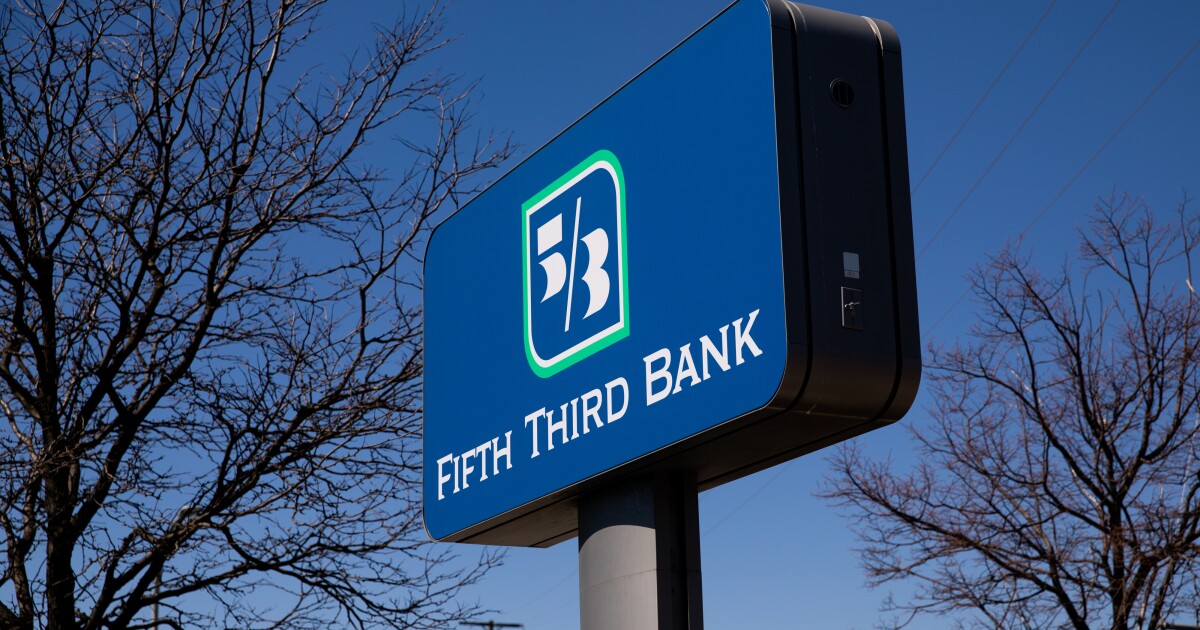Aly Soliman
The insurance industry, sometimes perceived as slow to innovate, might witness a major transformation. Blockchain technology, known for its secure and transparent digital ledger, has the potential to revolutionise traditional insurance operations. This shift could potentially streamline processes, introduce new insurance models and products, and help manage emerging risks better. But what does this mean for policyholders and insurers? In this article, with thanks to members of Blockchain & Fintech Working Party at the Institute and Faculty of Actuaries for providing a review, we’ll explore three potential areas where blockchain could impact the insurance sector and the challenges to the sector. But, first, we need to know what is a blockchain and how it works.
Blockchain – the ‘what’ and the ‘how’
At its core, blockchain is a type of Distributed Ledger Technology (DLT). Think of it as a digital ledger that is not stored in one place but is spread across many computers, known as nodes. Each node has a complete copy of the ledger and helps verify and record transactions. Each transaction is stored in a block, and each block is linked to the previous one with a cryptographic hash, forming a secure chain of data.
What makes blockchain unique is its immutability and decentralisation. Once a transaction is added to the blockchain, it cannot be changed or deleted. This immutability fosters trust and ensures the integrity, the lifeblood of industries like insurance where trust is paramount.
In complex cases, the claims process can sometimes lead to questions from policyholders, particularly when it comes to understanding what the process entails or claims handling. Blockchain technology has the potential to improve the claims process by enhancing transparency and reducing delays. Insurers and policyholders can access the same information, improving transparency and reducing the chances of misunderstandings.
Additionally, smart contracts on the blockchain can automate certain claims processes, particularly for products that involve parametric triggers, where payouts are based on predefined conditions, such as weather events or flight delays. This can speed up claims processing and provide policyholders with confidence. While blockchain might not directly resolve disputes, if any, over policy coverage, it can contribute to a more efficient and transparent claims process, which can help build trust over time.
Now, let’s look at the potential roles that blockchain may play in insurance.
1: The role of blockchain in the digital age
As businesses undergo a digital transformation, blockchain technology is becoming integral to various industries such as finance, supply chain management, healthcare, real estate, and energy. These sectors, being clients of the insurance industry, require insurers to adapt in risk assessment, pricing, and managing new risks.
Business opportunity: blockchain presents exciting opportunities for expanding insurance products. For instance, one of the big tech giants has launched a modular food traceability solution that drives collaboration across the food industry value chain built on blockchain to enhance transparency and traceability in the food supply chain. This platform allows retailers to track the origin and journey of food products, ensuring safety and quality. As a client of the insurance industry, that solution use of blockchain technology means that insurers can leverage how blockchain secures and manages data to accurately assess risks and price insurance products accordingly.
A potential scenario could involve a contamination incident in the food supply chain. Suppose a batch of food products is found to be contaminated, and the source of contamination needs to be identified to prevent further distribution. The value chain solution cited above would allow the recording of all transactions and movements of the food products from farm to table. In this case, by understanding the blockchain mechanics, insurers can utilise how the blockchain tracks and verifies data to determine liability and process the claim efficiently.
Another example of new coverage that could be provided by insurance companies is within the digital/crypto assets ecosystem, which is primarily built on blockchains. As financial institutions and banks begin to adopt new forms of money such as Central Bank Digital Currencies (CBDCs) and stablecoins, financial service providers will require innovative insurance solutions to facilitate their business and ensure the protection of their clients – eg providing insurance cover to digital wallet holders and wallet service providers.
Understanding how blockchain operates within these industries will help develop effective and efficient insurance solutions, enabling insurers to offer new products that meet businesses trends and clients’ needs.
2: Streamlining insurance operations with blockchain
Blockchain technology could enhance insurance operations by implementing efficient data-driven processes. Examples include policy administration, underwriting processes, and claims management, which could all be made faster, more consistent, cheaper, and more secure thanks to blockchain technology.
Automating policy administration: while automation of policy administration can already be achieved through digital platforms, integrating smart contracts with blockchain technology offers additional benefits. Policies written as lines of code on a blockchain automatically execute upon purchase and are recorded in a decentralised ledger, ensuring that the terms are clear, currently considered to be tamper-proof, and easily verifiable. This reduces delays and paperwork, delivering a smoother customer experience. Moreover, blockchain ensures that all transactions are securely documented, reducing the risk of errors or fraud. Insurance companies can also achieve cost savings through reduced administrative overhead, as the decentralised nature of blockchain minimises the need for intermediaries and manual processing.
Enhancing underwriting process: blockchain technology could bring significant improvements to insurance and customer underwriting processes. It could securely synthesise extensive externally sourced data with customers’ and insurance companies’ data points, such as driving records or medical history stored on the blockchain. Authorised insurers could access this information for underwriting purposes and deploy their own approach, eg parametric or algorithmic formulas to determine the necessary risk rating for pricing and valuation purposes. Moreover, the tamper-proof nature of blockchain reduces customer non-disclosure and other fraudulent applications through verification from independent credible sources, protecting insurers from mispricing and potential financial losses.
Claims management with smart contracts: blockchain has the potential to enhance claims processing. Imagine claims settled automatically based on predefined conditions within a smart contract. This eliminates manual follow-through triggers and could automate necessary verification and paperwork consistently and controlled, speeding up the payout process and reducing errors. Additionally, claim-related data stored securely on the blockchain provides a transparent and auditable history, fostering trust and eliminating disputes. For instance, one of the largest European insurers created a platform that used smart contracts to offer flight delay insurance, automatically compensating policyholders without the need for claims filing.
3: Financial inclusion: decentralised insurance platforms
Another way blockchain technology could impact the insurance industry is through Decentralized Insurance Platforms (DIPs). These platforms, built on blockchain, could reduce the need for intermediaries, potentially lowering costs and increasing transparency. Examples like Nexus Mutual and Etherisc illustrate blockchain’s potential to democratise insurance through peer-to-peer risk sharing.
Financial inclusion through blockchain: DIPs could potentially offer lower premiums and increased access to insurance products for underserved markets, promoting financial inclusion. Similarly to how mobile phone providers in remote African areas enabled payment facilities for farmers, blockchain can help these populations obtain insurance, offering protection where traditional insurance penetration is low.
In many remote areas of Africa, mobile phone providers have revolutionised financial services, enabling farmers to make payments and participate in the formal economy. Similarly, blockchain technology can extend insurance coverage to underserved populations through affordable, accessible microinsurance products on mobile devices. Blockchain’s security builds trust among users by ensuring premiums are managed openly. Individuals in remote areas can contribute small premiums into a shared pool for coverage against risks like crop failure, livestock loss, or health emergencies. By reducing the cost of intermediation, blockchain can help cut administrative costs, making insurance more affordable. Its immutable nature supports efficient, fair claims processing, enhancing trust and ensuring timely payouts.
The success of mobile payment systems in Africa shows the potential for technology to bridge gaps in the financial services. Blockchain can similarly revolutionise insurance, making it accessible to those traditionally excluded from formal markets. The opportunities outlined so far may not affect every line of insurance business or insurance provider to the same degree, so it is possible that the effect of these changes may be felt differently across sectors.
Challenges
However, these opportunities come with challenges as integrating blockchain into the insurance ecosystem requires addressing several key issues:
- Technical expertise: underwriting blockchain risks necessitates knowledge of its functionalities, security mechanisms, and vulnerabilities.
- Data accessibility and standardised data exchange protocols: while insurance companies could greatly benefit from access to data, extracting relevant information from blockchain platforms is complex due to privacy concerns and interoperability issues among claimants, insurers, reinsurers, and regulators.
- Costs: integrating blockchain with existing systems can be complex and expensive.
Conclusion: embracing the future
As blockchain continues to evolve, its potential to transform the insurance industry becomes increasingly visible. By embracing the changes in the financial ecosystem and preparing for a blockchain-driven world, insurers can position themselves at the forefront of this revolution.
Aly Soliman works in the Bank’s London Markets Team.
If you want to get in touch, please email us at [email protected] or leave a comment below.
Comments will only appear once approved by a moderator, and are only published where a full name is supplied. Bank Underground is a blog for Bank of England staff to share views that challenge – or support – prevailing policy orthodoxies. The views expressed here are those of the authors, and are not necessarily those of the Bank of England, or its policy committees.
Share the post “Integrating blockchain into the insurance industry: is it a revolution brewing?”
Publisher: Source link











